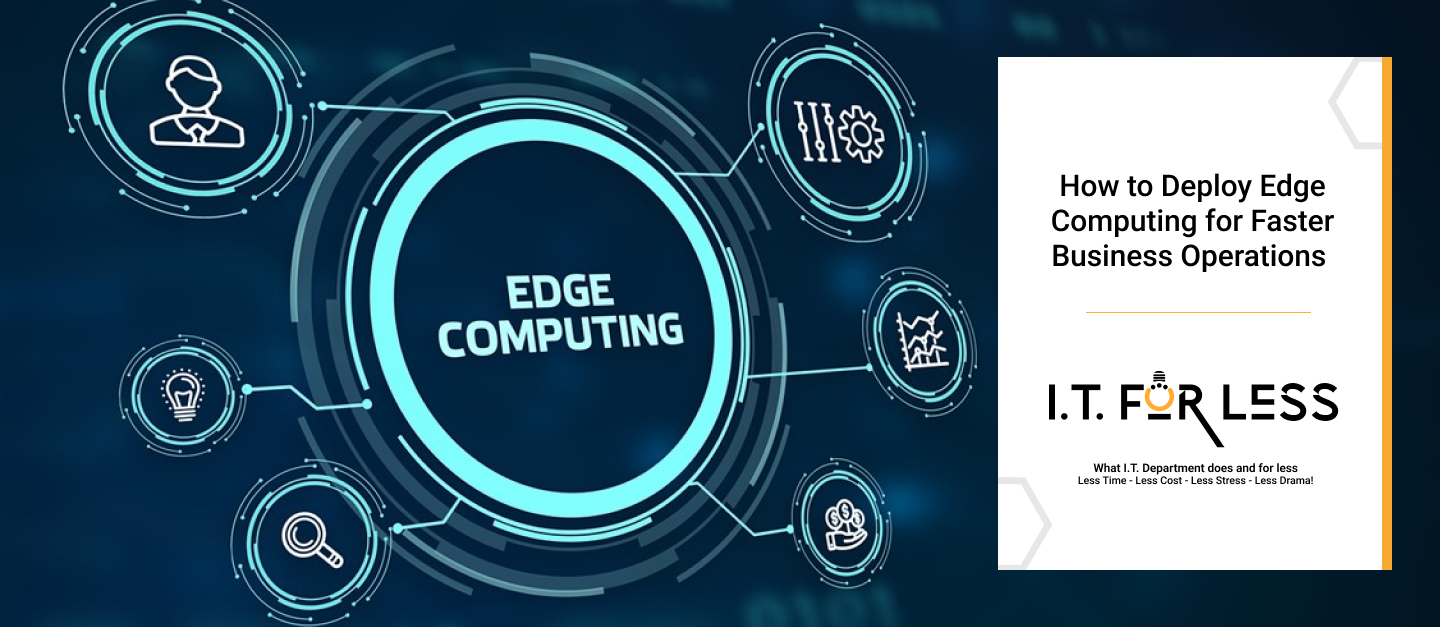In an era where speed and responsiveness define competitive advantage, businesses are turning to edge computing to process data closer to where it’s generated. By reducing latency, improving efficiency, and enabling real-time decision-making, edge computing allows organizations to streamline operations and deliver superior customer experiences. But how can businesses deploy edge computing effectively while maximizing its potential?
Understand the Benefits of Edge Computing
Edge computing moves data processing from centralized cloud servers to local devices or on-site servers. This shift offers several advantages:
- Reduced Latency: Applications run faster by processing data near the source.
- Improved Reliability: Local processing ensures critical operations continue even if connectivity to the cloud is interrupted.
- Enhanced Data Security: Sensitive data can be analyzed locally before transmitting only necessary information to the cloud.
- Cost Efficiency: Minimizing data transfer reduces bandwidth usage and cloud storage costs.
Identify the Right Use Cases
Edge computing isn’t a one-size-fits-all solution. Start by identifying applications that benefit most from real-time processing. Examples include:
- IoT devices in manufacturing for predictive maintenance
- Retail analytics for instant customer insights
- Autonomous vehicles and smart transportation systems
- Healthcare monitoring and telemedicine applications
Focusing on these use cases ensures your edge computing deployment delivers tangible operational improvements.
Choose the Right Infrastructure
Selecting the right hardware and software is critical. Edge nodes should be scalable, secure, and capable of handling high volumes of data. Consider hybrid solutions that combine cloud and edge computing, allowing you to balance real-time processing with centralized analytics for long-term insights.
Implement Security and Management Protocols
Deploying edge computing introduces new security considerations. Each edge node must be monitored, updated, and protected against cyber threats. Implement policies for device authentication, encryption, and automated updates to maintain security without compromising speed. Additionally, centralized management tools can provide oversight of distributed edge nodes efficiently.
Start Small and Scale Strategically
Begin with pilot projects to test performance, integration, and ROI. Use insights from these small-scale deployments to refine architecture and expand edge computing capabilities across your business. This gradual approach ensures minimal disruption and maximizes benefits.
Conclusion
Edge computing empowers businesses to operate faster, smarter, and more efficiently. By identifying the right use cases, deploying robust infrastructure, and prioritizing security, organizations can harness the full potential of edge technology to gain a competitive edge in the digital landscape.
Partner with I.T. For Less today and take the first step toward building a strategy that accelerates your business operations as seamlessly as your ambition.
